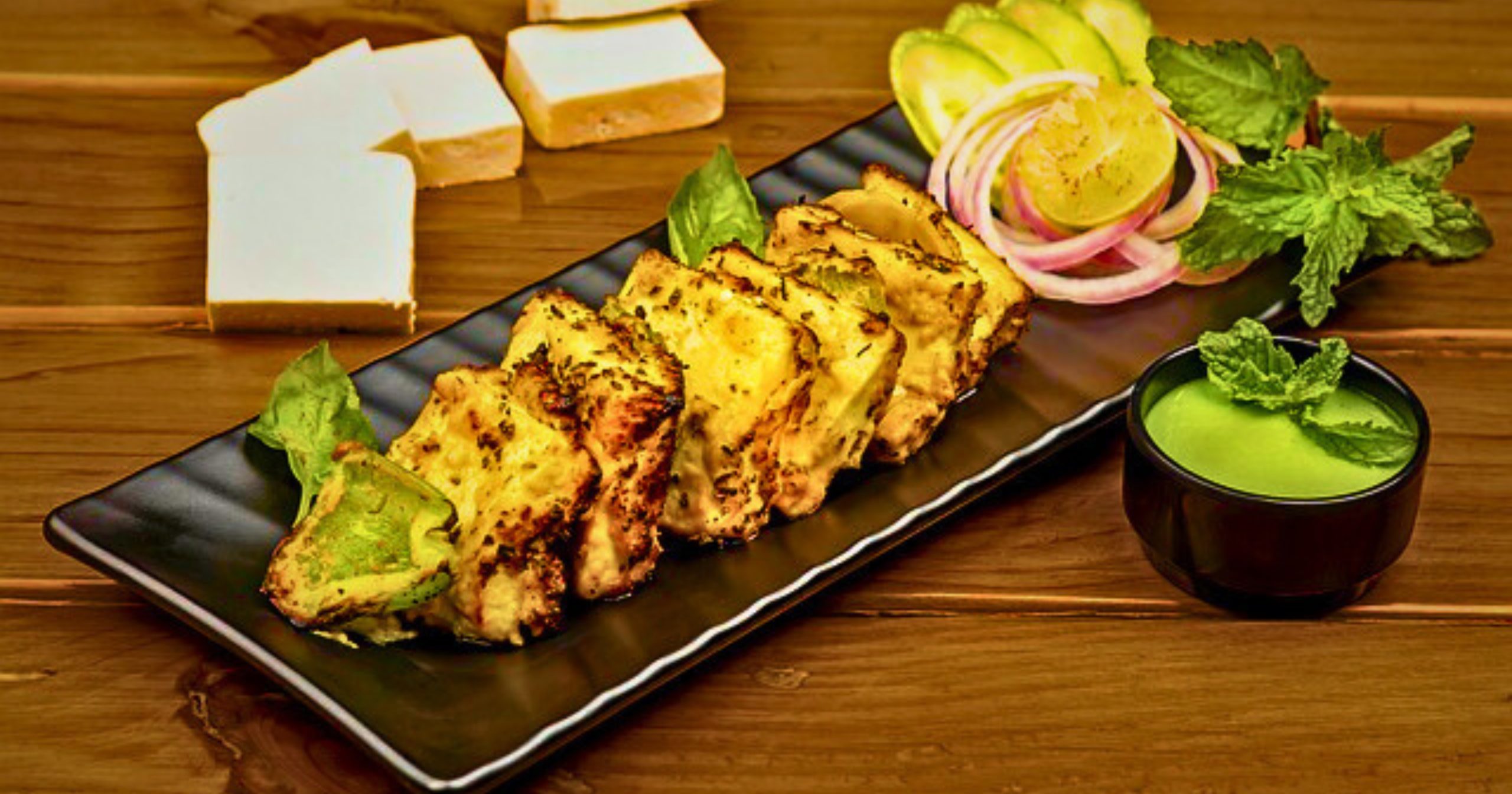
Food Blogging: How to Build a Delicious and Profitable Blog
Introduction to Food Blogging
Food blogging is a fun and creative way to share recipes, restaurant reviews, and food experiences with the world. Whether you love cooking at home, exploring new restaurants, or experimenting with food photography, starting a food blog can be a fulfilling and potentially lucrative venture.
Why Start a Food Blog?
Sharing Your Love for Food with the World
A food blog allows you to showcase your passion for cooking, baking, or dining out.
Turning Your Passion into a Profitable Career
Successful food bloggers earn money through ads, sponsorships, and affiliate marketing.
Opportunities for Brand Collaborations and Cookbook Deals
With a strong audience, you can work with food brands, publish cookbooks, and launch online cooking courses.
How to Start a Food Blog
Choosing a Niche: Recipes, Restaurant Reviews, Healthy Eating, etc.
Popular food blogging niches include:
- Recipes – Cooking and baking tutorials
- Restaurant Reviews – Exploring food spots
- Healthy Eating – Meal prep and nutrition advice
Selecting a Blog Name and Domain
Pick a unique and memorable blog name that reflects your food niche.
Setting Up Your Blog on WordPress, Wix, or Squarespace
Most food bloggers use WordPress for its flexibility and SEO benefits.
Essential Tools for Food Blogging
Best Blogging Platforms and Website Builders
- WordPress – Most popular for food bloggers
- Squarespace – Great for stylish food blogs
- Wix – Beginner-friendly and visual
Must-Have SEO Tools and Plugins
- Yoast SEO – Optimizes blog posts
- Google Analytics – Tracks audience data
- SEMrush – Helps with keyword research
Photography and Video Editing Apps for Food Bloggers
- Lightroom – Photo editing for food images
- Canva – For Pinterest and social media graphics
- Adobe Premiere Pro – Editing recipe videos
Creating Engaging Food Content
Writing Delicious and SEO-Optimized Recipes
- Use clear ingredient lists and step-by-step instructions.
- Include SEO-friendly keywords like “best homemade pizza recipe”.
Taking Mouthwatering Food Photos
- Use natural lighting for the best visuals.
- Invest in a DSLR or high-quality smartphone camera.
Using Storytelling to Make Recipes More Engaging
Share personal experiences, cultural influences, and cooking tips.
Growing Your Food Blog Audience
SEO Strategies for Ranking Food Blog Posts
- Use long-tail keywords to attract targeted readers.
- Optimize meta descriptions, images, and internal links.
Social Media Marketing: Instagram, Pinterest, and TikTok
- Instagram: Best for food photography
- Pinterest: Drives recipe traffic
- TikTok: Great for viral food videos
Collaborating with Other Food Bloggers and Influencers
Networking helps with cross-promotion and guest blogging opportunities.
Monetizing Your Food Blog
Affiliate Marketing and Sponsored Content
- Promote kitchen gadgets, cookware, or meal kits through affiliate links.
- Partner with food brands for sponsored posts.
Display Ads and Google AdSense for Food Blogs
Earn passive income through Google AdSense, Mediavine, or Ezoic.
Selling Digital Cookbooks and Online Cooking Courses
Monetize by offering exclusive recipes, meal plans, and cooking classes.
Working with Restaurants and Food Brands
How to Get Free Meals and Sponsored Restaurant Reviews
- Reach out to local restaurants for review opportunities.
- Build your social media presence to attract PR agencies.
Partnering with Food Brands for Recipe Development
Brands pay food bloggers to create exclusive recipes using their products.
Leveraging PR Agencies for Brand Collaborations
PR firms connect bloggers with food companies, cookware brands, and restaurants.
Challenges of Food Blogging
Staying Consistent and Keeping Up with Trends
New food trends emerge frequently—staying relevant requires continuous learning.
Dealing with Food Photography Challenges
Capturing food properly takes practice, lighting adjustments, and editing skills.
Handling Negative Feedback and Criticism
Not everyone will love your recipes, but learning from feedback helps improve content.
The Future of Food Blogging
The Rise of Video Content and Food Vlogging
YouTube and TikTok are key platforms for video-based food content.
AI and Technology’s Role in Food Blogging
AI helps with recipe suggestions, content optimization, and trend analysis.
Sustainable and Ethical Eating Trends in Food Blogging
Readers are interested in eco-friendly, organic, and plant-based food content.
Conclusion
Food blogging is an exciting way to share recipes, review restaurants, and earn money online. Whether you’re a home cook, a professional chef, or a foodie, starting a blog can turn your passion into a thriving business.


